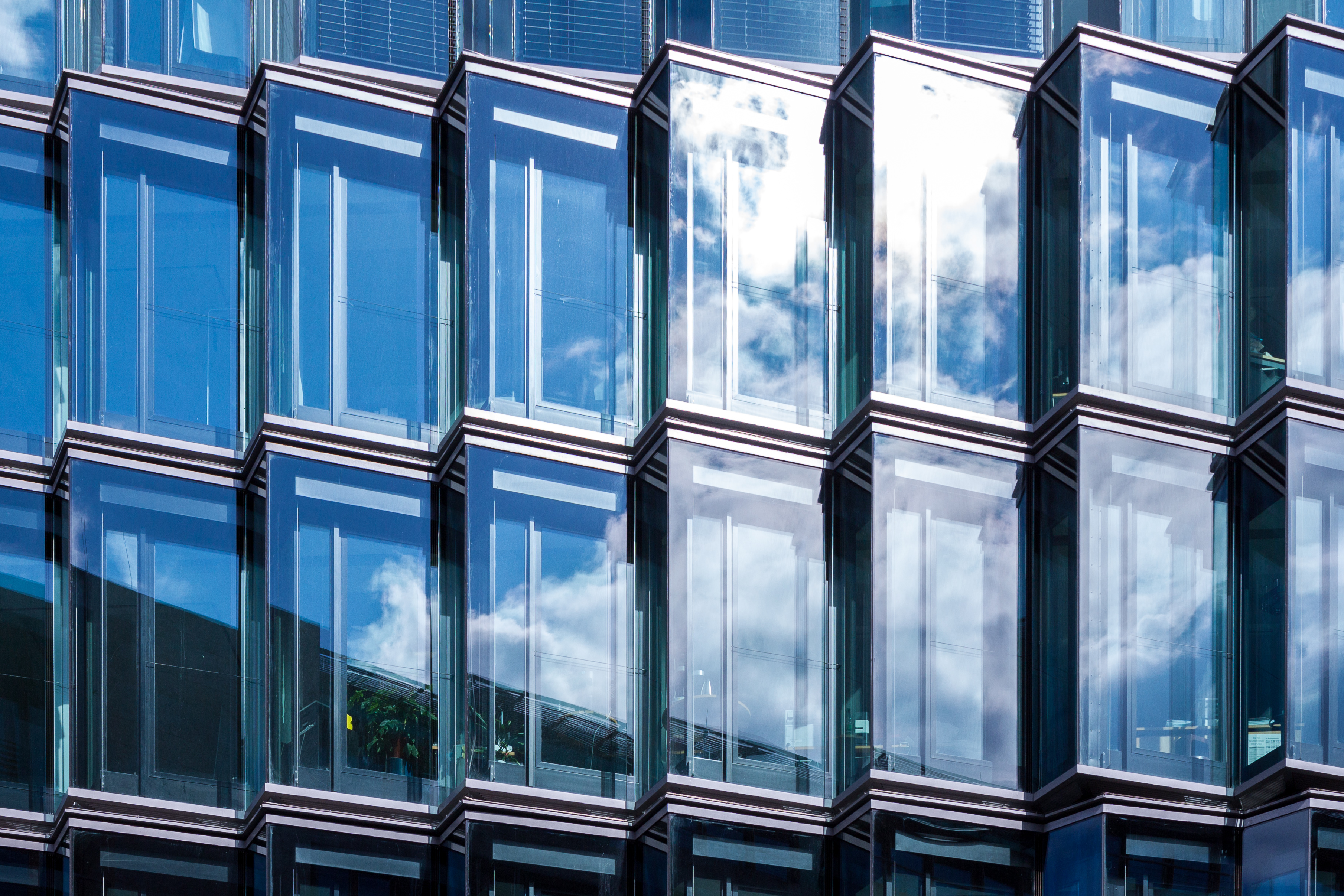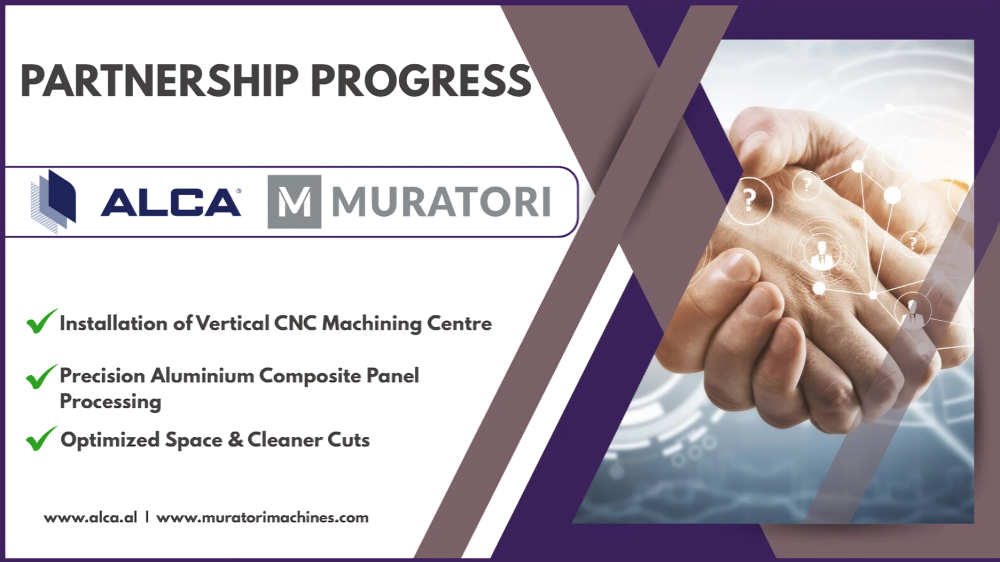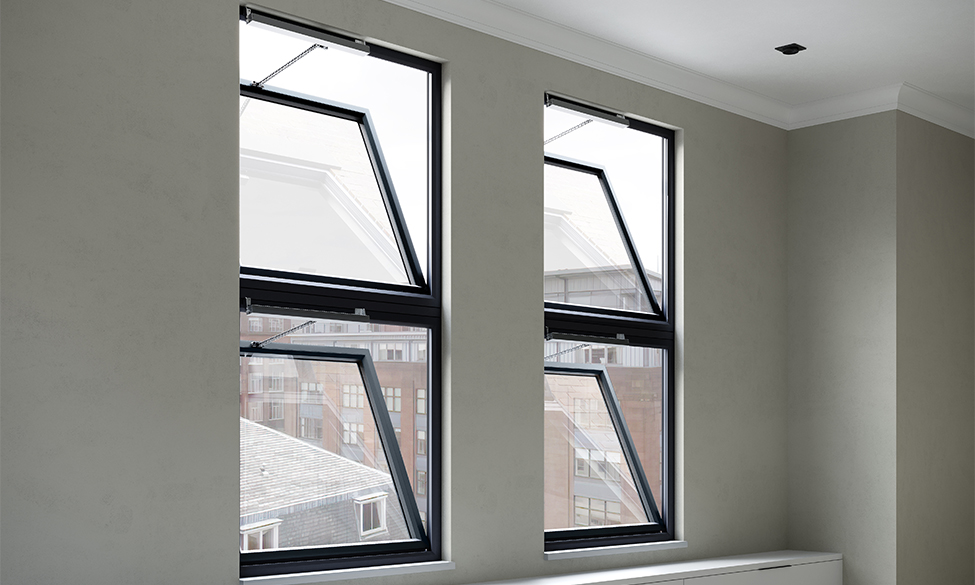Glass used in buildings is vulnerable to damage from environmental factors, thermal stress, and mechanical impact, leading to micro-cracks and chips that can compromise safety and aesthetics. Self-repairing glass technology addresses this issue by incorporating specialized polymers within laminated glass layers. When exposed to heat or sunlight, these polymers flow into cracks and harden, effectively repairing minor damage autonomously.
Originally developed for automotive windshields, self-repairing glass is increasingly being adapted for architectural use. The technology offers the potential to extend the service life of building glass, reduce maintenance costs, and improve structural safety by preventing crack propagation.
Several manufacturers and research institutions are actively developing coatings and laminated glass products optimized for building façades. These materials are designed to withstand prolonged exposure to environmental conditions while maintaining the self-healing function.
While still emerging, self-repairing glass represents a promising innovation for enhancing the resilience and sustainability of modern buildings. Its integration into architectural glass products is expected to grow over the next decade as the technology matures and becomes commercially viable.
Source: Glass Balkan







